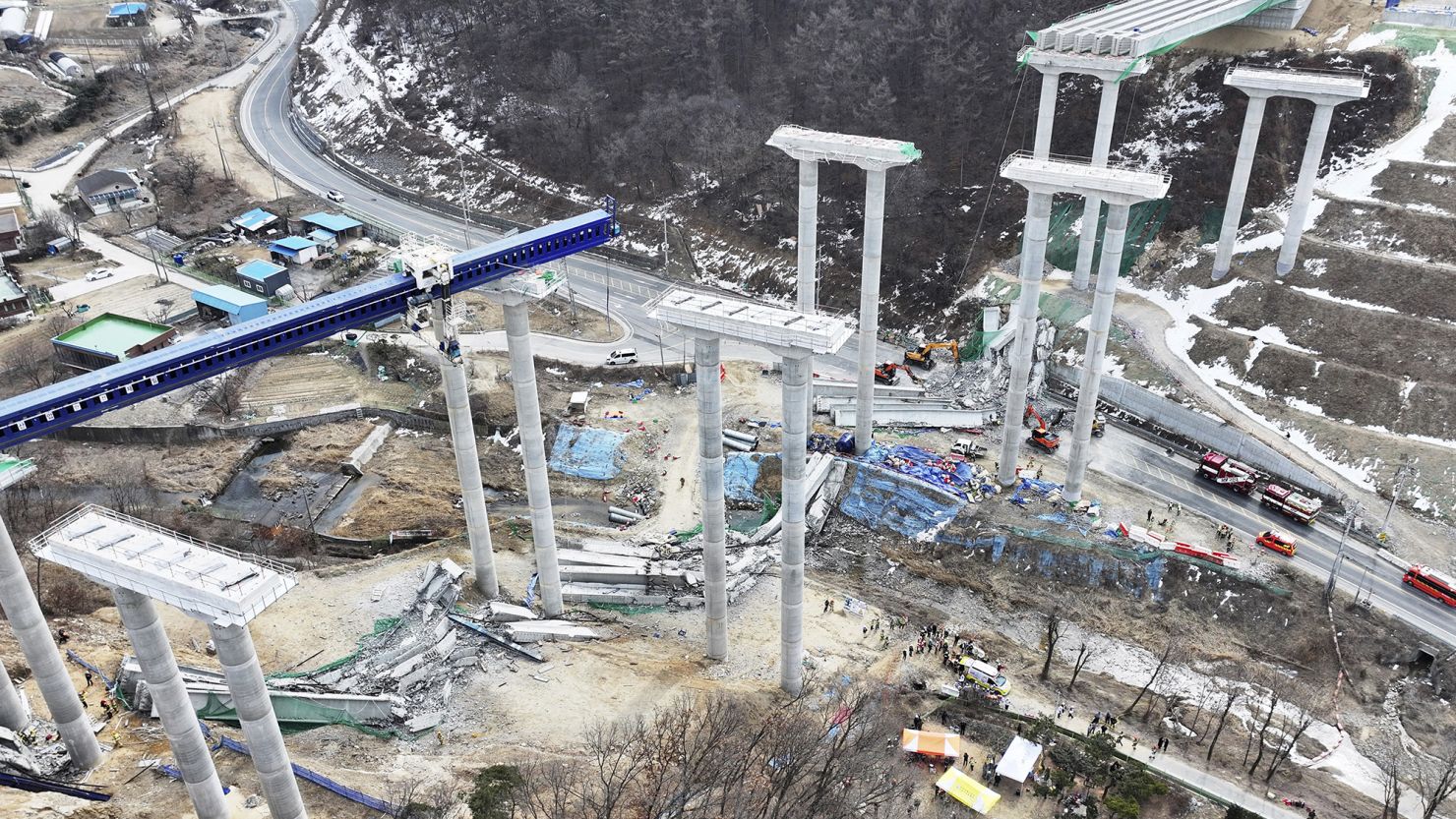Forest carbon stock in Telangana increased by 6.68 per cent
Tue 21 Feb 2023, 10:16:17

The forest department’s contribution to the State economy is also increasing steadily since last few years. In 2022-23, the forestry and logging sub-sector added Rs. 8,853 crore accounting for 3.60 per cent of the Gross Value Added (GVA) by the primary sector and 0.74 per cent of the total Gross State Value Added (GSVA) in the State at current prices.
The GVA at current prices by forestry and logging grew from Rs 2,465 crore in 2014-15 to Rs 8,853 crore in 2022- 23, this sub-sector experienced thrice the increase at a Compound Annual Growth Rate of 17.33 per cent. Gross Value Added (GVA) is generally the productivity metric that measures the contribution of an organization or a department to the economy.
Carbon storage, nutrient cycling, water and air purification, and maintenance of wildlife habitat are some of the major environmental benefits of forests. The produce of the forests of Telangana include timber, bamboo, teak poles, fuel firewood, charcoal, and beedi
leaves, which support livelihood opportunities, particularly in the rural areas.
leaves, which support livelihood opportunities, particularly in the rural areas.
Despite this temporary setback in 2019-20, the forestry and logging sub-sector has shown a significant increase by 1.32 percent between 2019-20 to 2022-23.
Forest carbon stock is the amount of carbon that has been sequestered from the atmosphere and stored within the forest ecosystem, mainly within living biomass, soil and to a lesser extent in dead wood and litter. Carbon stock plays a critical role in purifying air and water while serving as a tool for flood control and protecting natural resources.
The total forest carbon stock in the State increased by 6.68 per cent from 2019 to 2021. In this larger carbon pool, deadwood registered a 102.70 per cent increase during the same time period. The State has witnessed a carbon density of 76.36 tonnes per ha in 2021 marking a growth of 3.50 percent compared to 2019.
No Comments For This Post, Be first to write a Comment.
Most viewed from Hyderabad
Most viewed from World
AIMIM News
Delhi Assembly polls: Owaisi leads Padyatra in Okhla
Feb 01, 2025
We reject this Waqf Amendment Bill: Asaduddin Owaisi
Jan 30, 2025
Latest Urdu News
Most Viewed
May 26, 2020
Which team will win the ICC Men's Champions Trophy 2025 held in Pakistan/Dubai?
Latest Videos View All
Like Us
Home
About Us
Advertise With Us
All Polls
Epaper Archives
Privacy Policy
Contact Us
Download Etemaad App
© 2025 Etemaad Daily News, All Rights Reserved.

.jpg)
.jpg)
.jpg)
.jpg)
.jpg)
.jpg)
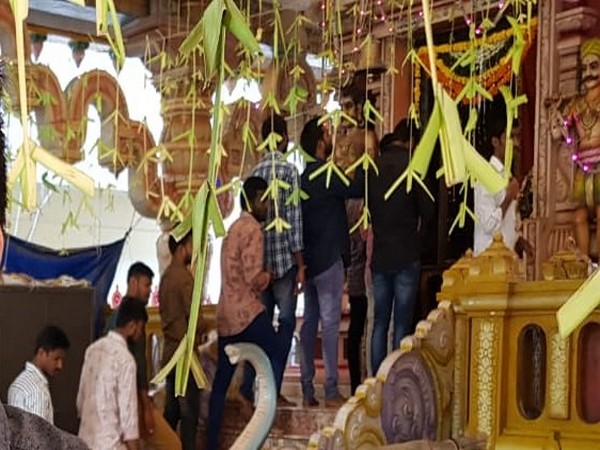

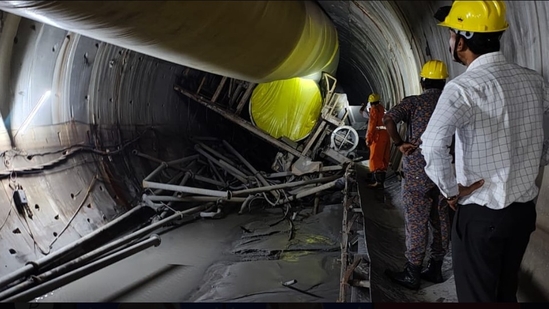

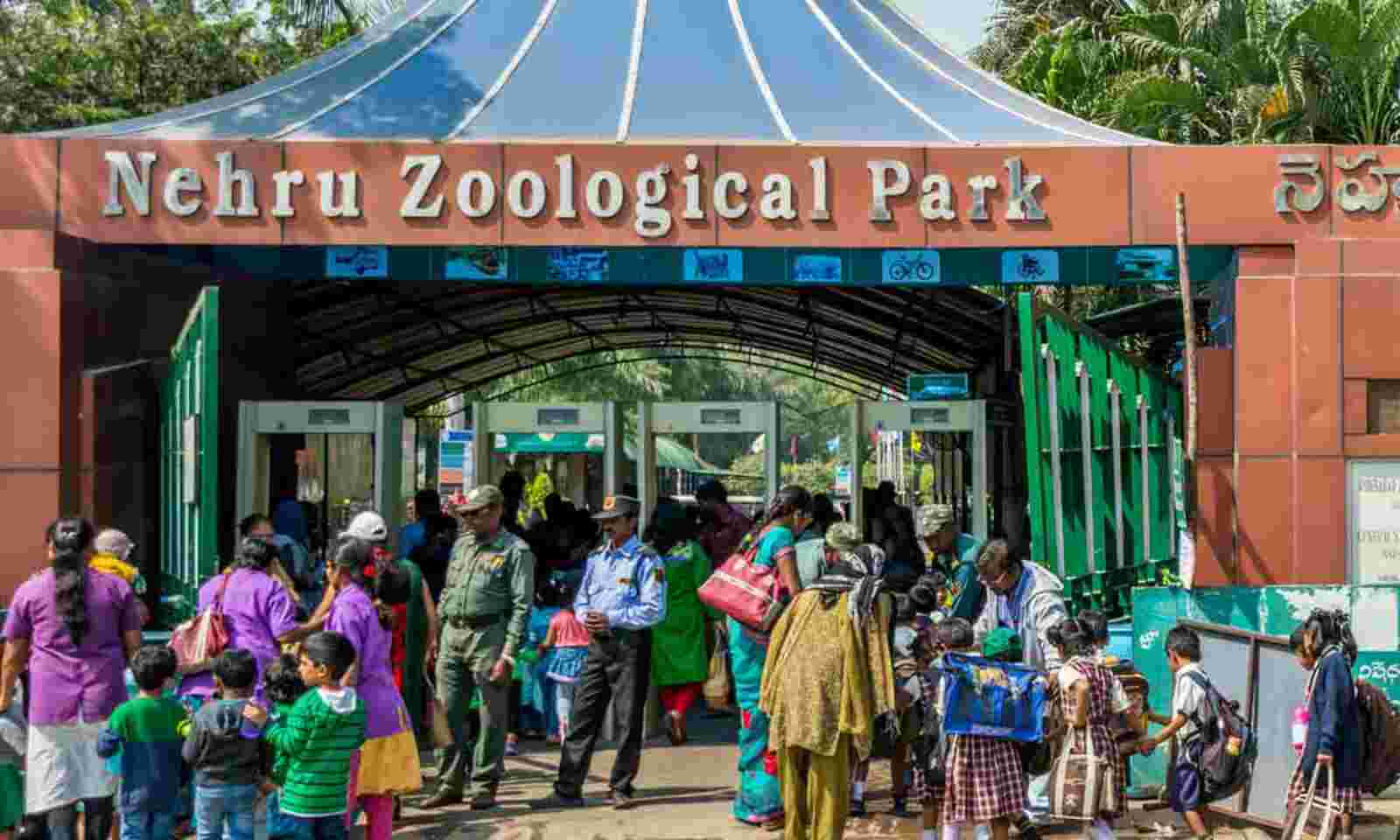

.jpg)
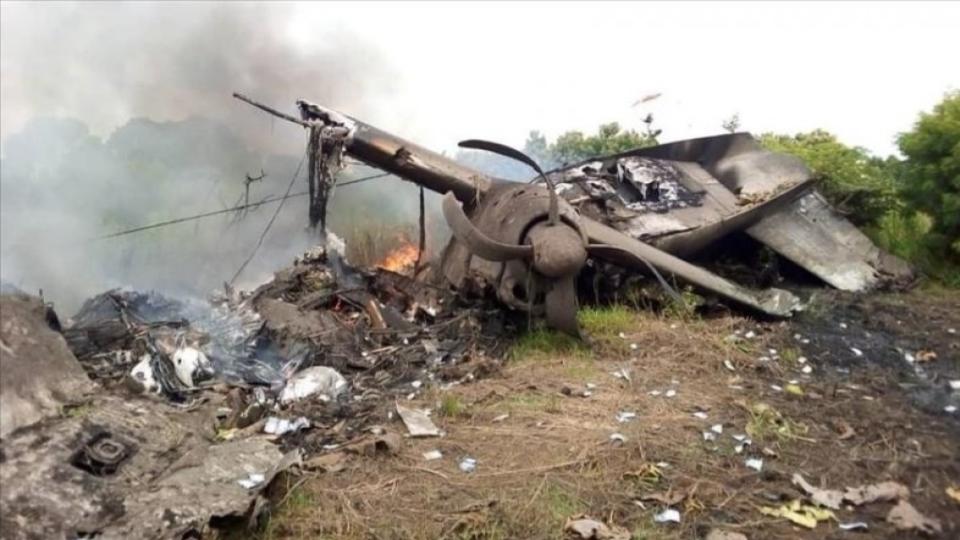
.jpg)
.jpg)






